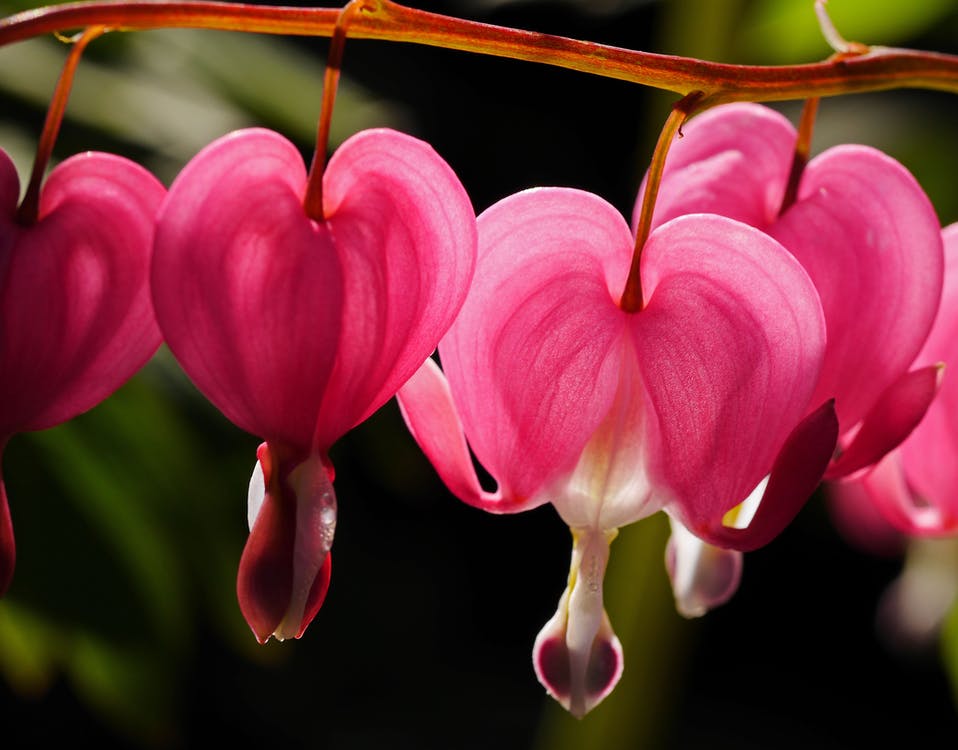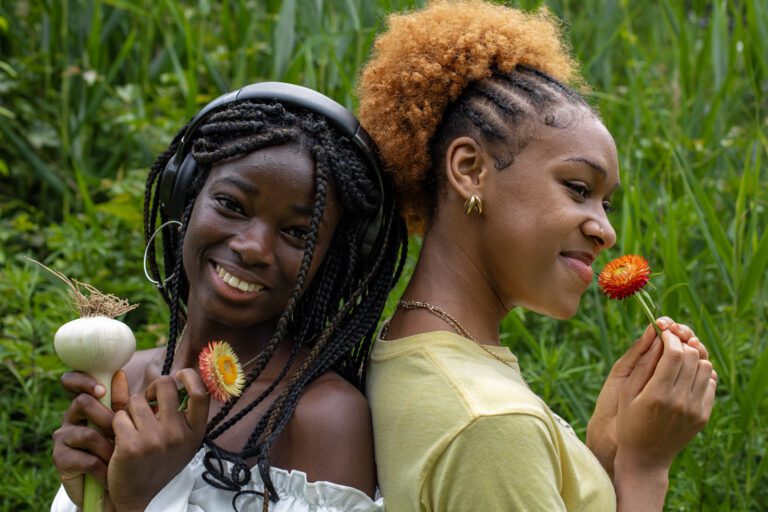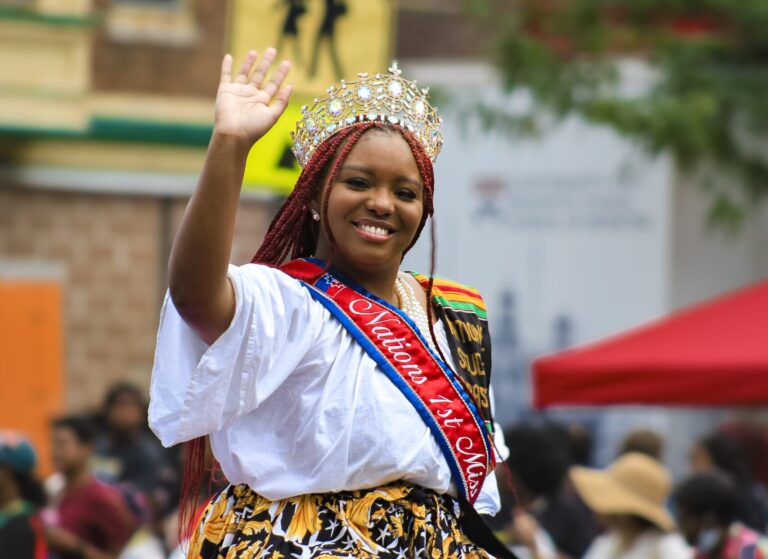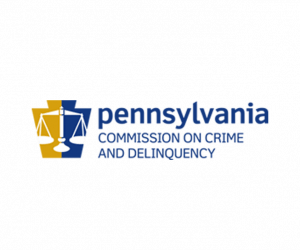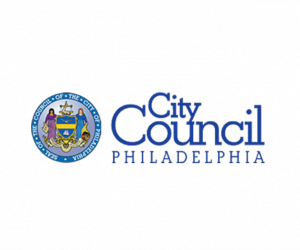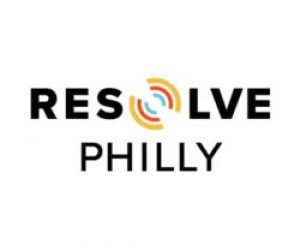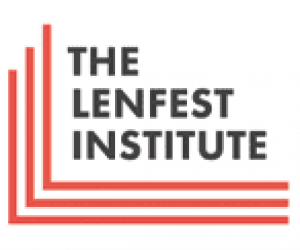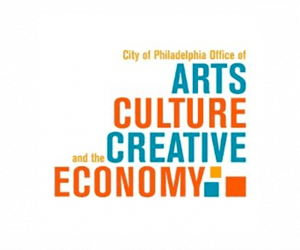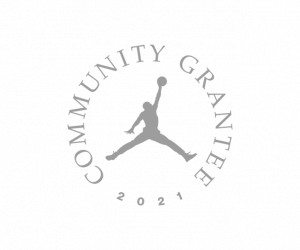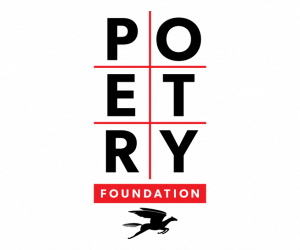By Deborah Rudman and Jim Brossy
Lesson Description:
The lesson plan offers an example of engaging in thought, collaboration and creative expression around organic gardening & growing food in the City.
The lesson is not intended to stand alone. It can best be used in conjunction with another gardening, environmental & health lessons.
All Ages
Time: 30 minutes per day through the four seasons
Preparation: explore your neighborhood & find where there are community gardens & people growing plants in their yards, on their stoops, in their window boxes.
Basic Materials: Soil, Water, Sun, Seeds,
Supporting Materials: planning calendar, rainwater barrels, compost tumbler, shared community resources
Motivation:
Build your interest by first exploring the future you would like to see – where food comes from – the sense of well-being digging in the soil and being more in tune with cycles of nature, let alone how delicious anything from the garden tastes fresh picked after watching it grow and how working together makes it possible
Objectives/Focus:
Begin to discover and explore different preferences and opinions about gardening practices. Work alone sometimes but often in groups to grow flowers, fruit & vegetables
Outcomes:
Engage in a creative process of creating your own garden design within whatever space is available
Find inspiration in different techniques, encouraging each other and fostering an atmosphere of collaboration
Know that you, too, can have a green thumb, understand a deeper connection to nature, and do what is called for, according to the season.
Develop an awareness of time and the cycles of decay and growth
Introduction to the Process:
Goal: Introduce yourself to gardening and begin practicing.
Preparation: Meet up at the local community garden to volunteer for seasonal clean-up
Activity: Ask which are the weeds and help pull them out and transfer to the compost pile
Instruction
- Allow yourself to explore with the materials, using gloves or digging with bare hands or using a spade, trowel, rake, wheelbarrow
- Following the exploration and the introductions to the different plants and how they grow, ask the community gardeners to share techniques and best practices
- Volunteer at the garden on a regular basis, making notes on what needs to be done depending on the time of year
- Sign up for a plot and meanwhile start growing something in a flower-pot, whatever the heart desires
Vocabulary: organic. annual, perennial, weed, brassica, nightshade, cucurbits, companion plant, beneficial flower, integrated pest management, native plant, root, stem, leaf, flower, pollinators
Assessment and Evaluation
Each season, depending on what is growing, meet up for lunch with a meal you have prepared with other gardeners.
Each grower can talk about the vegetables they like and share recipes
After certain vegetables are selected for different reasons, discuss the array of varieties and how different techniques were used in growing and how personal experiences have affected some of the outcomes and discoveries.
Further exploration:
What is landfill, global warming, big agri-business, factory farming, mono-cropping, genetically modified food, fossil fuel, chemical weed killer, big pharma, stormwater run-off, food insecurity?
What are some of the grassroots efforts organizing to address these threats to nature & humanity? How are we all connected? How does each of our actions have cause and effect?
Research Resources: read anything by Vandana Shiva, watch The Gleaners and I by Agnes Varda, check out the website slaw.me, follow the buglady on Instagram, download plant ID apps such as pictures & naturalist, like the Facebook group Grounded in Philly and participate in Growing from the Root, Philadelphia’s Urban Agriculture Plan. In response to the 2020 pandemic and beyond, see https://coopgardens.org/
Start by looking in your own community and connect the dots worldwide!
Our Garden Love Story by Deb Rudman
Everything I know about urban homesteading I have learned from the City’s citizens, my neighbors & friends. This knowledge & practice has improved my own physical & mental health while contributing to the community and the environment as a whole. My perspective has shifted to the changing seasons’ patterns of nature, the beauty of the colors and tastes. Growing up as an asthmatic with allergies, sensitive to pollution & chemicals, I was sick often and had no clue that the processed food I was eating only made the problem worse. In the 60’s, antibiotics were the new miracle treatment for whatever ailed anybody. My immune system suffered. As an adult, saving to buy a house by biking to work and making my lunch every day, I experimented with healthy recipes and learned from others, sharing favorite dishes. I especially loved finding out about the value of weeds from local foragers. Purslane grows wild and has omega 3’s! You can thicken your stew with it.
I’ve been making a refreshing Summer iced tea from lemon balm, bee balm, sage, peppermint, lavender & red clover. First I learned to grow flowers and then discovered how bountiful all the greens can be. I save the stalks from the broccoli and the stems from collards & kale to make juice. I love that the ends of leeks, scallions & carrot tops make a good vegetable stock. I’ll dry oregano for the Winter to help clear congestion from my lungs. It will never cease to amaze me how composting vegetable waste reduces by half the amount of trash I leave on the curb as municipal waste. Then I have this beautiful rich soil to add back to the garden for the Fall crop after Spring growth has depleted it. I’ve also learned to plant a Fall crop cover like clover and peas, to add nutrients back in the soil.
Although knowledge of growing & preparing food has been passed down over the centuries, modern politics can complicate & degrade the cycles of nature. The relevance of age-old practices becomes new again, potentially bringing back the integrity of our very foundations. Consider the heavy implications of corrupted food politics with agribusiness factory farm GMO invasion & poisonous pesticide oppression along with the looming international water crisis and food insecurity. In our throwaway culture of Big Oil, corporate lobbying & wealth disparity, the spirit of our country lies festering in a landfill of fast-food plastic. And our bodies are suffering from diabetes & high blood pressure. Hell, I thought I’d be dead at 25 from a nuclear explosion. Global Warming may seem slower than a bomb, but its looming doom & gloom is truly upon us. In the new millennium, I found myself still alive past 35 not able to sleep at night, worrying.
I decided a better option was to use what limited power I had to support and participate in practices that might make a difference. Together with my husband, Jim Brossy, we were able to find a property to fix up with an art studio for him. We connected with concerned & pro-active members of our community, who participate in sustainable practices on our own stoops, connecting each other to available resources to build the local economy, protect green space, & fight for food justice. I attended neighborhood meetings and at that time, found out about a program getting started called City Harvest. As a Community Media Maker, I saw this as a great opportunity to document the progress of the program while learning to grow vegetables. I was able to get involved in the local community garden while we were working on renovating our home and got plugged into a great network of gardening neighbors & creative people willing to share a wealth of experience & knowledge along with splitting overgrown native perennials to get me started. After a few years of practicing with beneficial flowers, I wanted to learn to grow food.
Here is a link to the doc if you’re interested https://archive.org/details/CityHarvest
The City Harvest program is a collaborative partnership in gardening addressing institutional rehabilitation, community integration and improved nutrition. Through cycles of change and growth, prison inmates taking part in the “roots of re-entry” greenhouse program, network with neighborhood gardens to grow produce to be distributed to local food cupboards across Philadelphia. The documentary is an uplifting look at a radical social program changing people’s lives for the better. (After over a decade of participation, I am now completing an update to the documentary illustrating the growth and sustainability of the program, A Growing Community)
Our block then got involved in growing vegetables when we cleaned up the corner lot and secured permission from the owner to make it a garden. We had gathered everyone for a watershed management meeting with the Green City Streets program to see what was possible since there is so much concrete and we are right near the river and flooding has become a real problem especially with a very old sewer system and much of the area built over what was originally creeks. Before we began growing food in raised beds we tested the soil & also planted sunflowers which aerated under the surface with their large roots where there had once been the basement of a candy factory (or was it a candle factory that burned down? Maybe both! So the story goes) We hooked up a rain barrel system from a half dozen houses’ downspouts and pumped it over the street into a garden holding tank (so the City busses going by wouldn’t keep squashing our hoses – my husband is a genius.)
We started discovering lots of nice worms, ladybugs, a beautiful garden spider, a snake & praying mantis. When we had been cleaning up the lot there was always trash accumulating. By the time we were ready to build the garden, the last rat was caught by a hawk as witnessed firsthand by my husband – no lie! A sight to behold and an auspicious sign of prosperity for the next 4 years anyway. We planted an asparagus bed for good luck too, knowing we had to be there a few years before it could be harvested. No fruit trees though- we could not wait 5 years trees to produce. After all the land was not ours. For 4 beautiful years, we were able to grow food on that corner and then the land was sold.
After the following year of attempting to grow in a neighbor’s too shady back yard, that land was also sold and developed. To continue growing food for City Harvest, we returned to the trusty community garden, Liberty Lands –once a brown-field turned to greenspace & owned by the neighborhood. Before the Front Yard garden was sold, it had attracted new life surrounding it & became a joyous corner. The angle of light was perfect for growing food & we donated thousands of pounds to the local HIV health clinic. Beautifying that corner also attracted development & the land was sold to build cheap ugly overpriced housing. As much as we lamented its loss, I believe we would do it all over again and it would be worth the effort.
So that’s what we’ve done – all over again, only this time we own the land so no one can build on it. My husband, Jim, found an affordable property with enough space for a big garden along with an old house that really needed work. Jim researched how to install radiant heat. We installed solar panels. There aren’t renewable energy incentives in our State anymore but at least the cost of materials has come down. That first Summer, we started farming the land with help from neighbors and volunteers and put in a Fall crop. We call the garden Port Kensington as it is on the border of two neighborhoods, where there is certainly plenty of need for greenspace & fresh vegetables, too. We planted fruit trees since we can count on being here for the harvest. While we tended to the garden & fixed the place up over the following few years, we had begun keeping bees, but don’t get me started about the beloved bees! Through the local beekeeping guild, I continue to learn from others, along with what the bees teach me.

